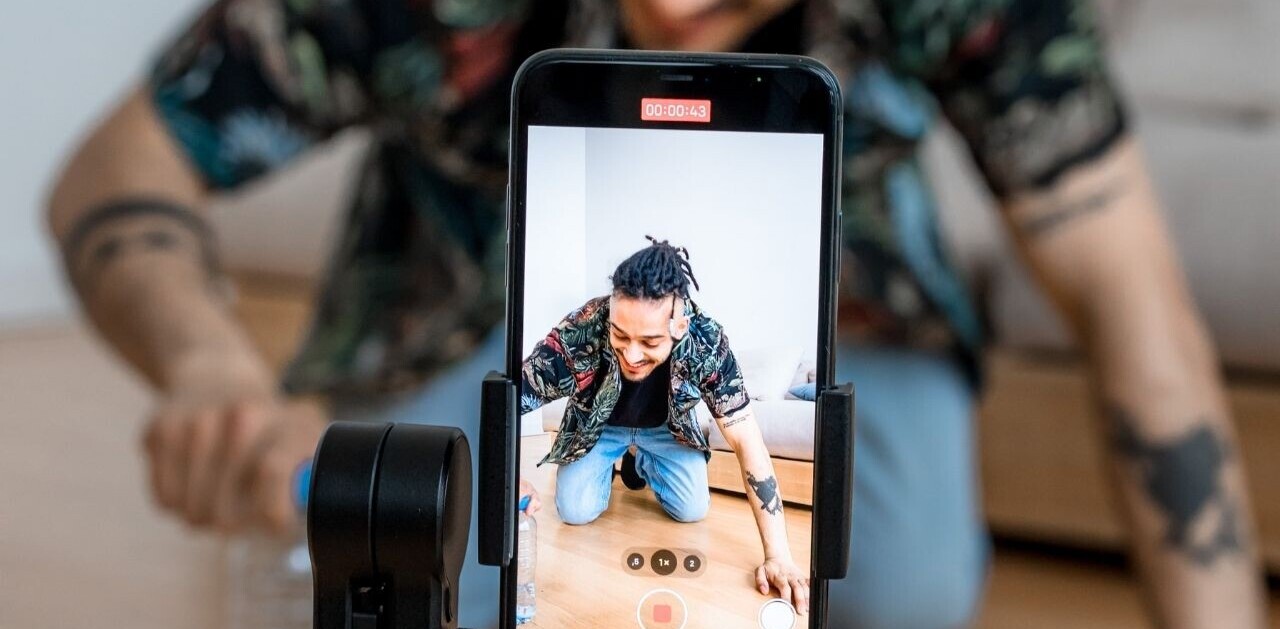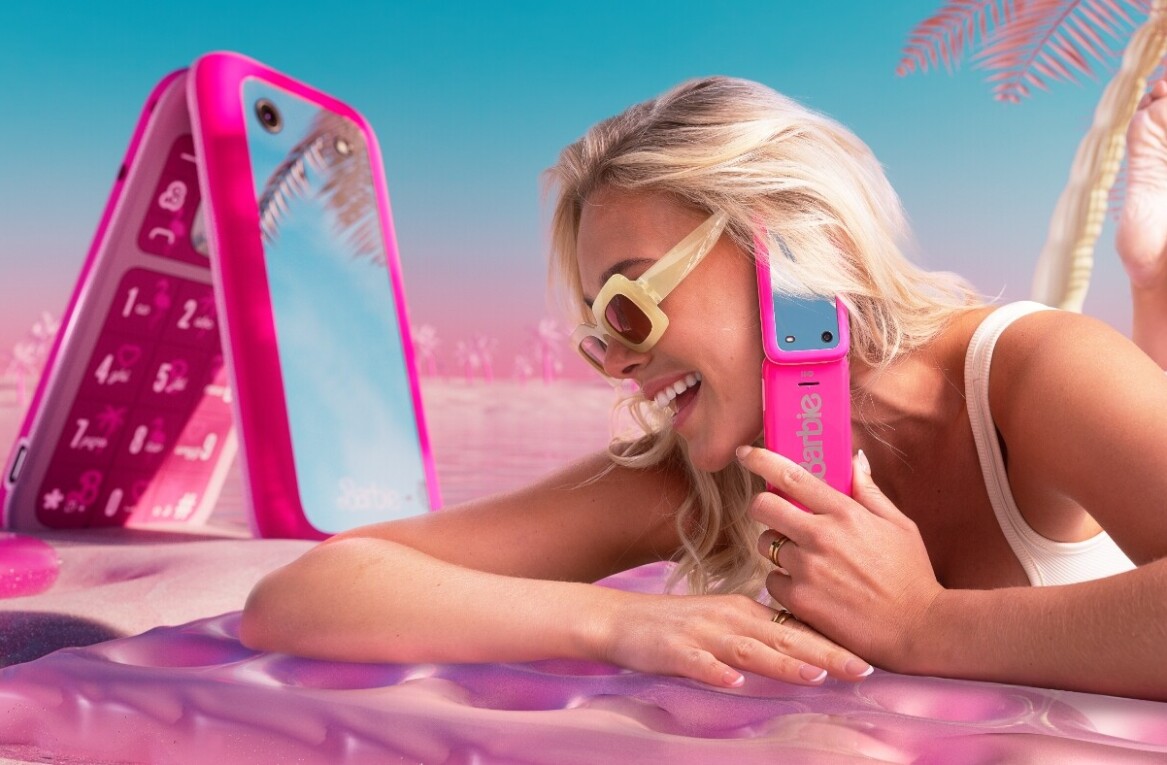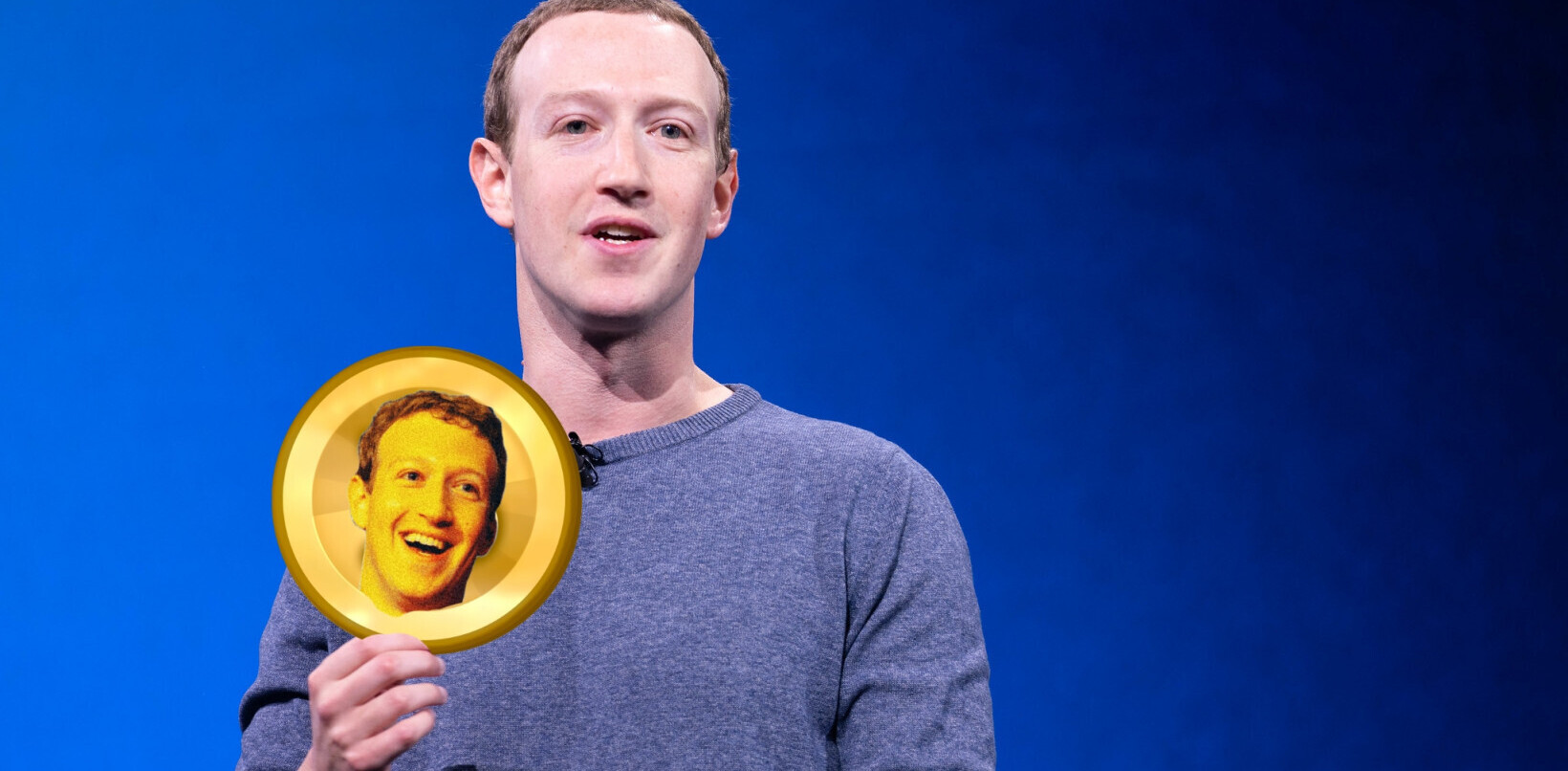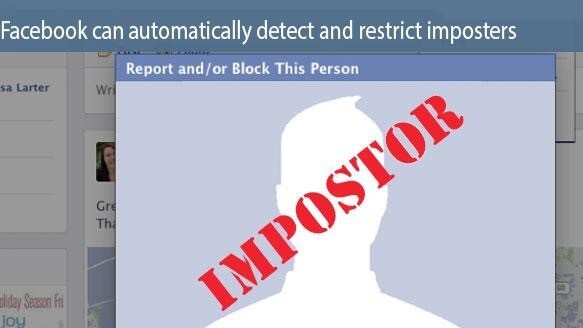
This week, the US patent office issued 6,759 patents. Each patent adds a little something new to the human knowledge base. As we cannot list all six thousand, the PatentYogi team has selected the eight most interesting patents.
Facebook’s imposter detection
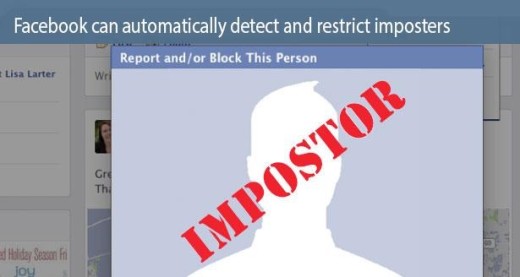
To create connections with users, a requesting user communicates a connection request to a target user. As disclosed in the patent, Facebook compares the information associated with a requesting user’s profile (and Internet Protocol address and geodata) with user profiles of other users connected to the target user.
Then, based on the comparison, Facebook generates a fraud probability score indicating the likelihood that the requesting user is impersonating a user connected to the target user.
Based on the fraud probability score, Facebook may warn, restrict, block or delete the imposter account.
Disney’s 3D printing
Patent Number – US 20160048609
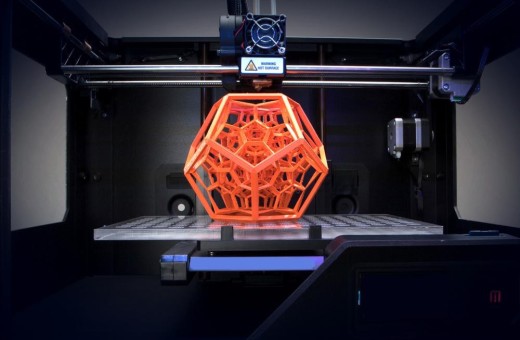
User scan an object with a 3D scanner, which generates a 3D digital model of the scanned object. The 3D printer then prints the object based on the 3D digital model.
However, the 3D digital models generated by the current scanner accessories for 3D printer configurations are typically generated at a low resolution. Therefore, it is generally difficult and expensive to get a high quality, 3D printed copy of a scanned object.
Disney’s patented system compares the 3D model generated by the scanner with a database of 3D digital models of a plurality of objects. Based on object recognition and matching, high quality digital models are downloaded from the database and used to 3D print objects.
Will smart contact lenses soon be a thing
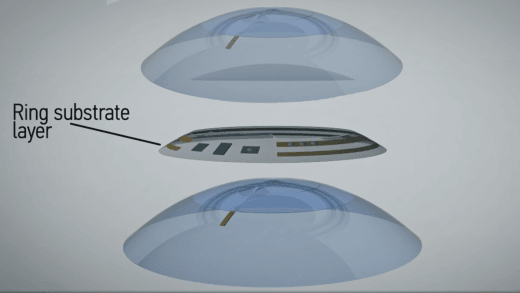
The electrodes and electrolyte are solid state films that are layered on top of one another to create a stacked structure disposed on a substrate. A polymeric sealant material is then applied over and around the battery stack and a moisture barrier is formed over the sealant material to thereby prevent moisture from reaching the battery. The battery is included within the smart contact lens. The sealant material protects the battery from tear fluids in the eye.
Thumb typing keyboard
Patent Number – US 9,262,075
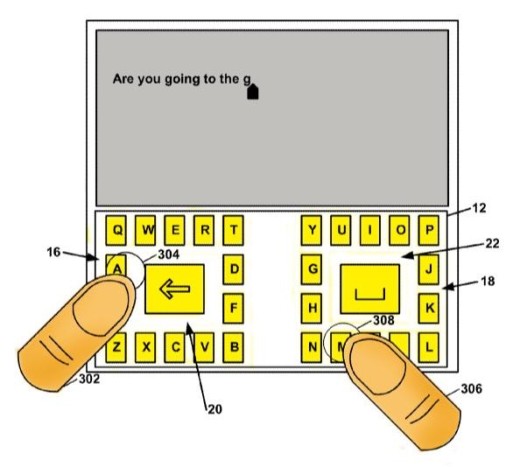
The graphical keyboard includes a first and a second subset of keys. The first and second subsets of keys are arranged to form a first shape and a second shape that enclose a first and a second central area of the graphical keyboard, respectively.
The location of keys is generally consistent with a position of a key for the letter a QWERTY-style keyboard.
eBay updates e-commerce
Patent Number – US 20160048819
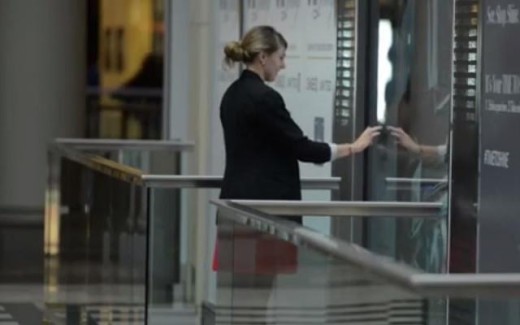
The kiosk includes compartments for receiving items for sale. A compartment in the kiosk is identified based on the size of the item. A lock code and an unlock code for the compartment in the kiosk are generated. The compartment becomes locked in response to receiving the lock code at the kiosk and opens in response to receiving the unlock code at the kiosk.
The lock code and an identification of the compartment are communicated to the seller of the item. The unlock code is communicated to the seller of the item when the item fails to sell within a certain time period. The unlock code, identification of the compartment, and geographic location of the kiosk are transmitted to a purchaser of the item or an agent of the kiosk-owner/operator when the item is sold to the purchaser.
This process reduces the steps required to ship products, making the whole process more efficient.
3D audio “I am not a robot” test

It is difficult to break the 3D audio captcha using automated speech recognition technologies. Audio captcha’s are used by visually-impaired users.
The system constructs a stereophonic audio prompt that simulates a noisy and reverberant three-dimensional environment, such as a “cocktail party” environment, in which humans tend to perform well while ASR systems suffer severe performance degradations.
Read next: Microsoft’s incoming iPhone keyboard may have the best one-handed typing option ever
Get the TNW newsletter
Get the most important tech news in your inbox each week.
